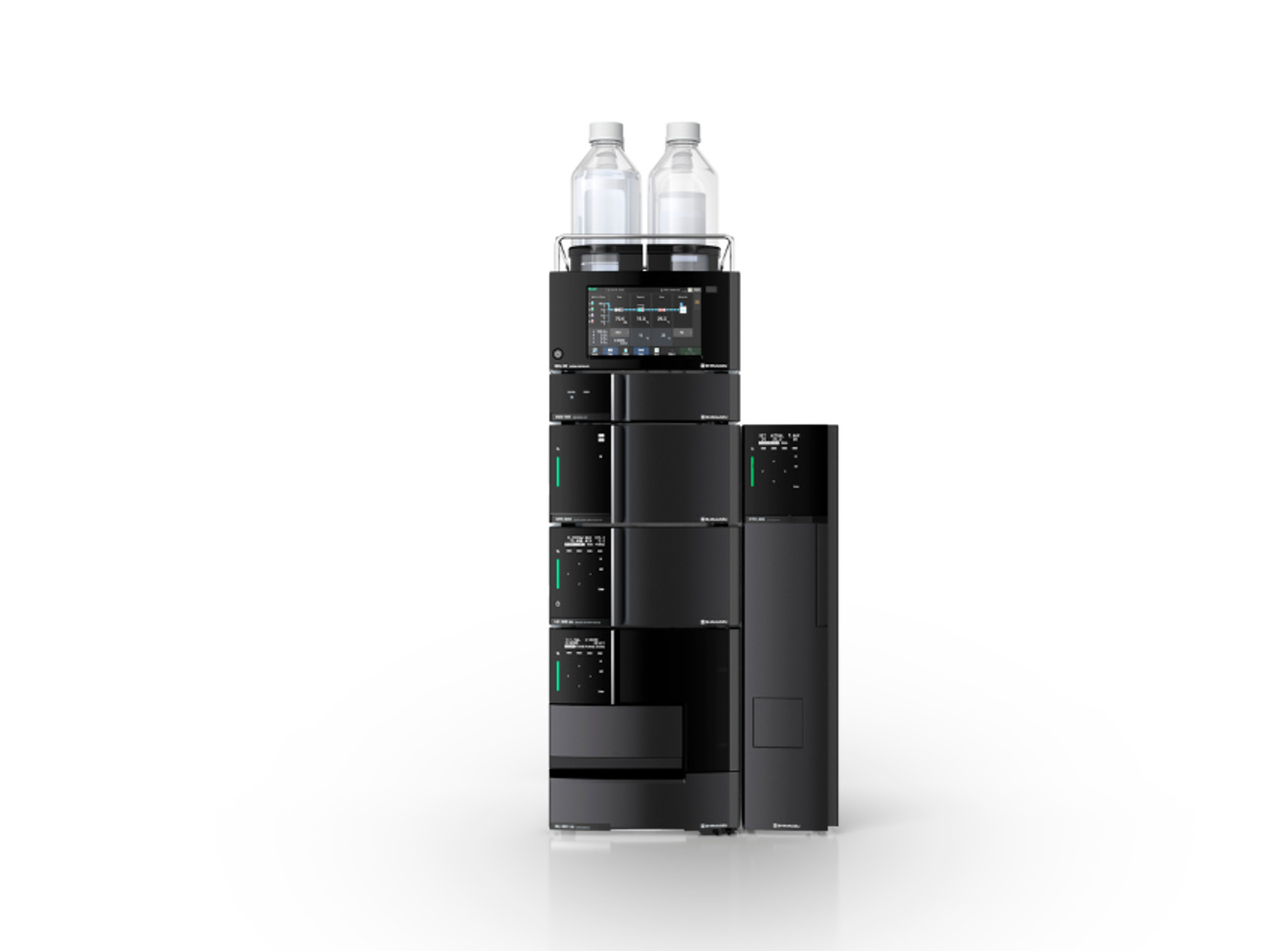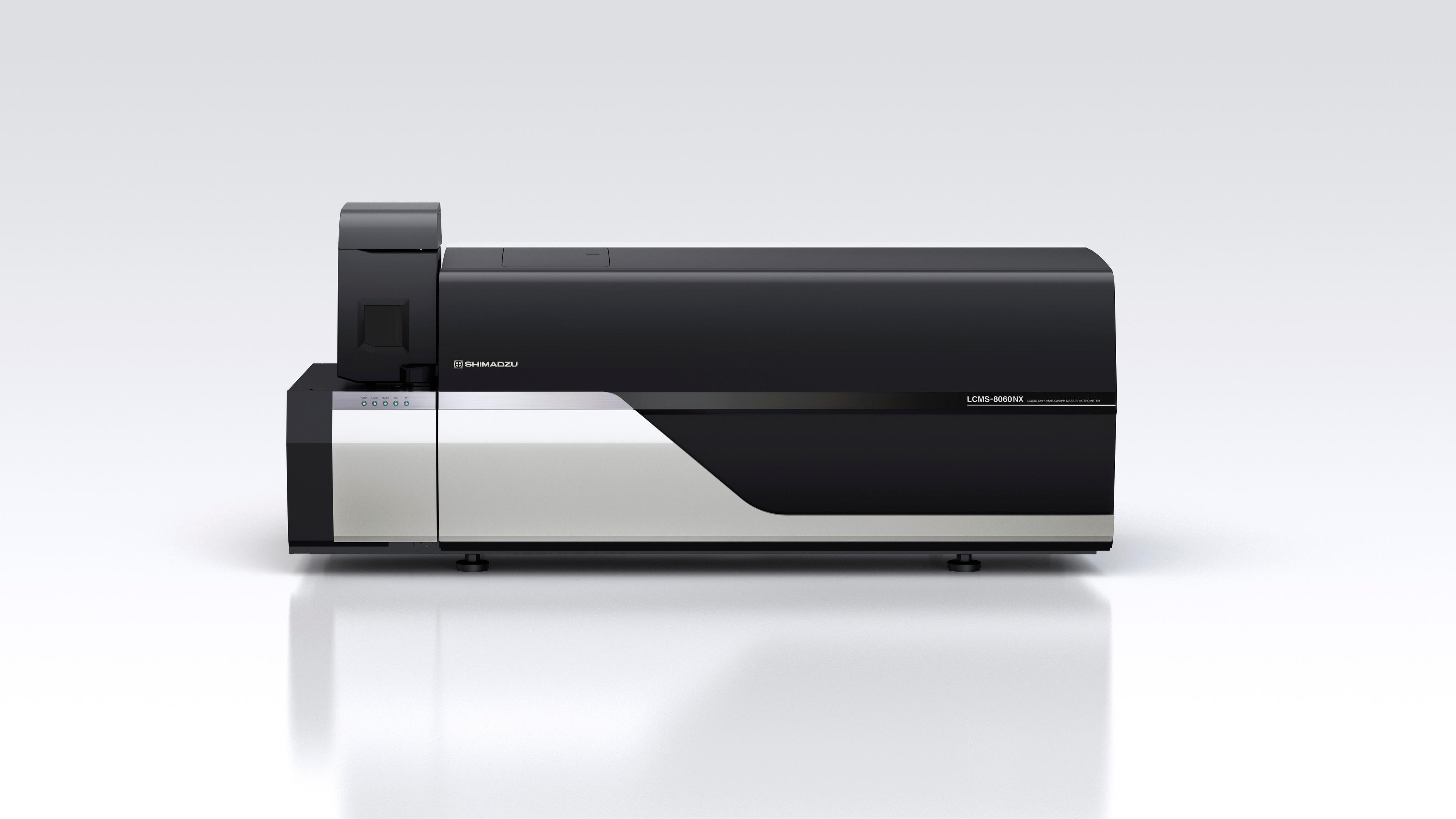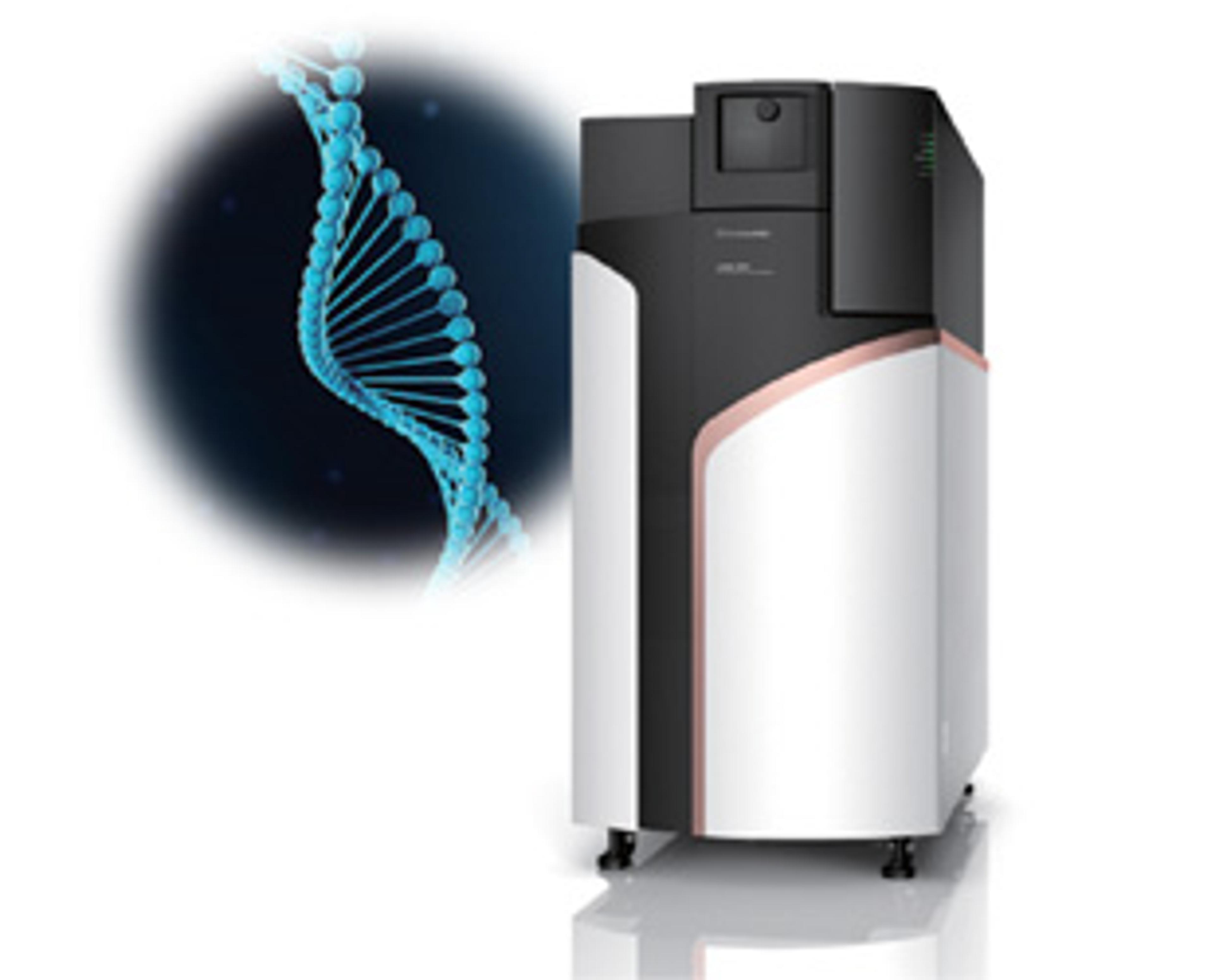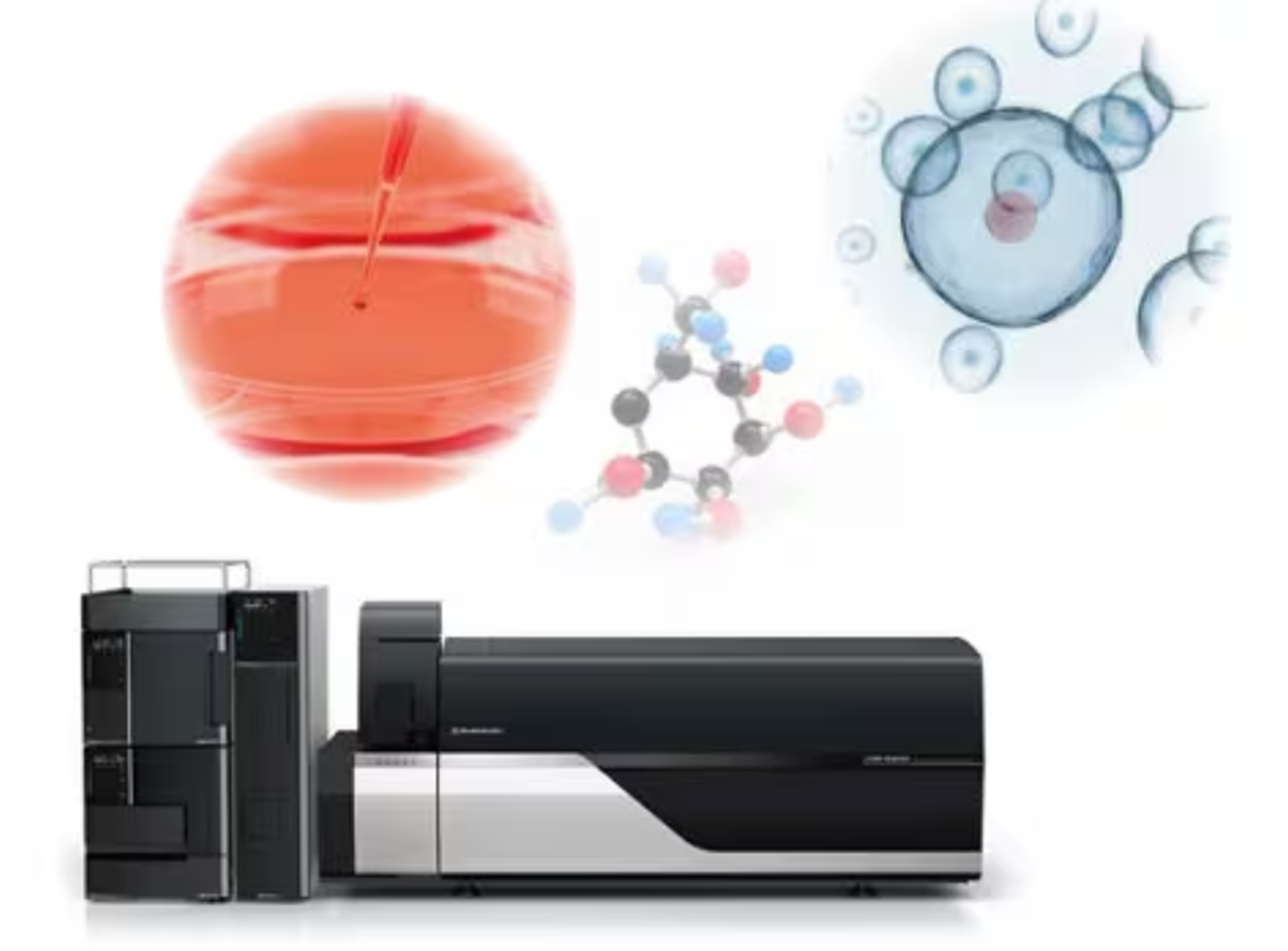
Mastering the analysis of antibody and oligonucleotide therapeutics
Antibody- and oligonucleotide-based therapeutics are reshaping modern medicine, providing a means to target previously 'undruggable' conditions with fewer side effects and deliver personalized treatment for patients facing conditions that currently lack effective therapies.
However, the development of these novel modalities presents significant analytical challenges in ensuring their safety and efficacy. Addressing issues such as impurities, structural variability, and instability requires the use of sensitive, high-throughput analytical techniques to maintain effective quality control throughout the bioproduction process.
In this interactive resource, created in partnership with Shimadzu, we provide an application-based guide to analyzing antibody- and oligonucleotide-based therapeutics across the biopharmaceutical development pipeline.
Read on to explore how cutting-edge chromatography and mass spectrometry tools, cell culture media analysis platforms, and informatics software can support each production stage – from cell culture optimization to final product characterization.
Delivered in partnership with:

Shimadzu shares the journey of one of its customers CatSci Ltd, a UK-based company that provides process chemistry, analytical, pre-formulation and oligonucleotide solutions for drug development. Hear how CatSci's new laboratory is equipped with the latest technology from Shimadzu including HPLC/UHPLC, LCMS, GC and GCMS instrumentation, all controlled via LabSolutions CS software, giving 21 CFR Part 11 compliance.

Optimizing cell culture and biomanufacturing
Most biologics, such as monoclonal antibodies, are produced using living mammalian cells, requiring careful optimization of cell culture processes. To achieve optimal cell growth, harvesting, and purification, it is essential to monitor key medium conditions. These can include sugars and sugar nucleotides, glutamine, and other vital compounds such as vitamins, nucleic acids, and primary metabolites.
One effective approach for optimizing the cell culture process is monitoring the cell culture supernatant, which offers a comprehensive view of cell culture health. Shimadzu’s newly developed C2MAP system provides an all-in-one cell culture media analysis solution, combining automated pretreatment with LC/MS/MS technology. With several method packages available, the C2MAP system enables users to monitor various cell types, including pluripotent stem cells (iPS and ES), mesenchymal stem cells, and antibody-producing cells, supporting a more efficient and robust bioproduction process.
In the resources below, learn more about Shimadzu’s C2MAP system and see how LC-MS/MS and ICP-MS can be used to simultaneously measure organic and inorganic components in culture medium, helping to identify metabolic pathways linked to antibody production.

Figure 1. An overview of a typical cell culture and biomanufacturing process.

To meet the demand for comprehensive multi-component analysis of medium conditions, explore how Shimadzu has developed a fully optimized and automated LC/MS/MS solution package that can monitor the relative abundance of 95 compounds in a single analysis
Watch video
Discover a 'Cell Culture Media Analysis Platform, C2MAP system' that combines an automated pre-treatment module for culture supernatant samples with LC/MS/MS
Download resource
This application demonstrates the use of LC-MS/MS (LCMS-8060NX) to analyze 144 organic compounds and ICP-MS (ICPMS-2030) to analyze nine inorganic elements in the culture medium and culture supernatant of a CHL-YN antibody producing cell line culture
Download resource
Analysis and development of antibody therapeutics
The production of antibody-based therapies, such as antibody-drug conjugates (ADCs), bispecific antibodies, and other antibody analogs, involves the use of animal cells, which presents unique challenges in achieving structural homogeneity compared to chemically synthesized small molecule drugs. Consequently, these biopharmaceuticals demand rigorous quality control measures at every stage of production.
In this section, explore various analytical methods for quality control of antibody drugs and ADCs, along with optimization tips tailored for different samples and analytical conditions. Additionally, discover how the Nexera XS inert UHPLC and Nexera Lite inert HPLC systems, designed to handle high salt concentrations, deliver stable data for antibody drug analysis and other applications utilizing mobile phases with corrosive salts.
Featured product
It is also user friendly and gives accurate and precise results!
Sushil Kumar Sharma Sam Higginbottom University

This app note introduces analyses of mAbs and ADCs for quality control using an inert UHPLC system 'Nexera XS inert' that is extremely resistant to mobile phases containing high salt concentrations
Download resource
Discover an intact analysis of trastuzumab, performed by the quadrupole time-of-flight mass spectrometer LCMS-9030
Download resource
This app note introduces USP-compliant SEC analysis of monoclonal IgG antibodies using the Nexera lite inert HPLC, which is more durable against salt and acid than ordinary HPLC using stainless steel for wetted parts
Download resource
Learn how to efficiently optimize the separation between mAb aggregate, monomer, and fragments using Nexera XS inert, pHM-40 (pH monitor), and LabSolutions MD
Download resource
Explore a simple and straightforward workflow to quantify amino acid site relative abundance using peptide mapping analysis, incorporating the Shimadzu LCMS-9030 QTOF mass spectrometer coupled with Protein Metrics software
Download resource
Learn how to rapidly and conveniently determine the degree of small-molecule modifications using a linear benchtop MALDI-TOF MS
Download resource
Characterization and impurity analysis of oligonucleotides

This infographic presents the different types of therapeutic oligonucleotides and highlights some innovative solutions for their analysis
Download infographic
An example analysis of synthetic double-strand oligonucleotides, assuming analysis of the drug substances of siRNA type nucleic acid drugs
Download resource
Explore a solutions-based guide to the oligonucleotide workflow, from target selection and modification, to purification, characteristics and quality control, and pharmacokinetics
Download resource
A complete offering for the biopharmaceutical industry
Shimadzu Corporation has positioned itself as a critical partner in the biopharmaceutical industry, offering a comprehensive portfolio of analytical solutions that address the unique challenges of biologics development and production. These solutions span diverse applications, from cell culture media analysis, peptide mapping, and metabolite profiling to the structural characterization of final biomolecules.
In addition to high-performance instrumentation, Shimadzu offers dedicated software for biologics characterization through its LabSolutions Insight platform. With advanced data mining and analytics capabilities, intuitive operation, and a new peak detection algorithm, LabSolutions Insight enables analysts to handle complex datasets more efficiently. LabSolutions Insight Biologics extends these capabilities to the characterization of oligonucleotides, supporting analysis with single quadrupole (SQ), quadrupole time-of-flight (QTOF), or MALDI mass spectrometers.
Discover why research teams worldwide are choosing Shimadzu as their partner in biopharmaceutical development in the case study below and visit the product pages for more information.

How can you accelerate the development of therapeutic drug candidates while also reducing their cost?
The global AI-driven precision medicine company Exscientia, headquartered in Oxford, UK, thinks it has the answer. Hear how they have recently collaborated with Shimadzu to further automate the discovery process with an aim to synthesize and purify new drug candidates in super-fast time.
Read article
The Nexera XS inert system offers an ideal solution for the separation of biomolecules by combining the elevated pressure tolerance of a UHPLC system with complete inertness of the sample flow path, ensured by the absence of wetted metal surfaces and offering ultra-high resistance to corrosion.
Learn moreThe Nexera XS inert from Shimadzu Corporation can be paired with any of the companion systems and software below to create a unique platform for the analysis of antibody and oligonucleotide therapeutics:

The LCMS-TQ RX series (LCMS-8060RX, LCMS-8050RX, and LCMS-8045RX) triple quadrupole high-performance liquid chromatograph mass spectrometers provide higher sensitivity, stability, and convenient operability.
Learn more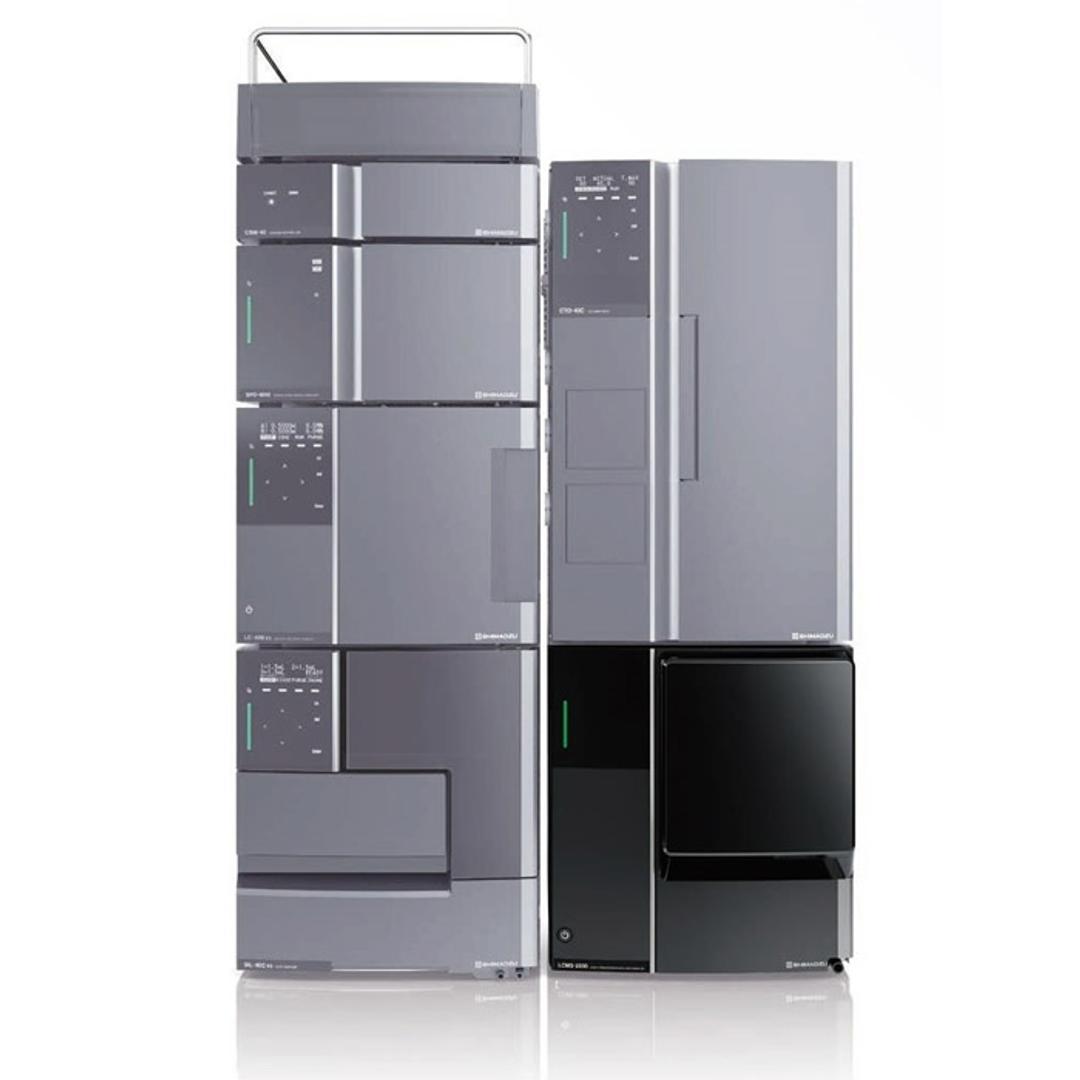
The LCMS-2050 single quadrupole mass spectrometer combines the user-friendliness of an LC detector with the excellent performance of MS to provide a complete package of easy to use high-level performance and compactness.
Learn more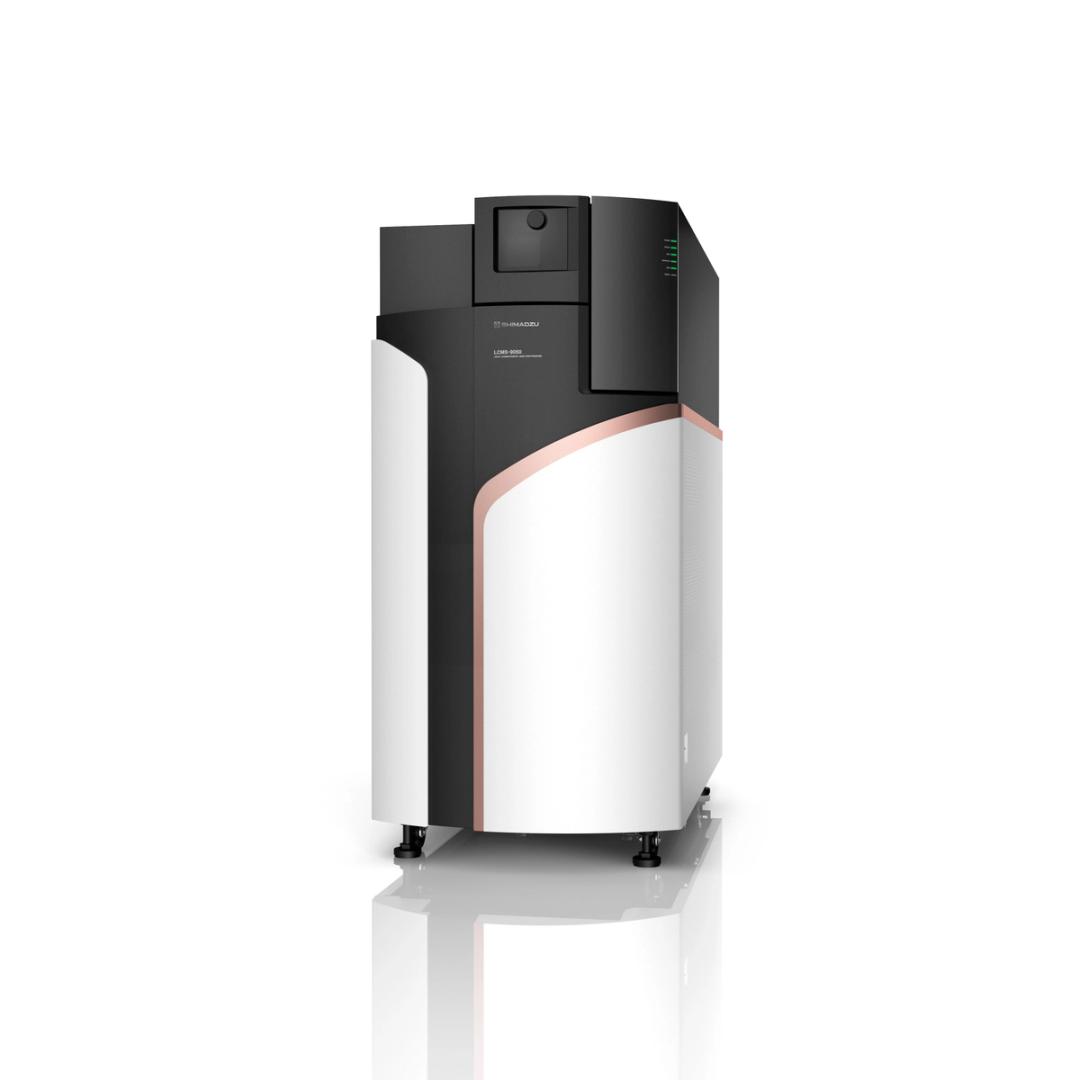
The LCMS-9050 is a Q-TOF mass spectrometer designed for the most reliable and easy acquisition of accurate masses in real laboratory settings.
Learn more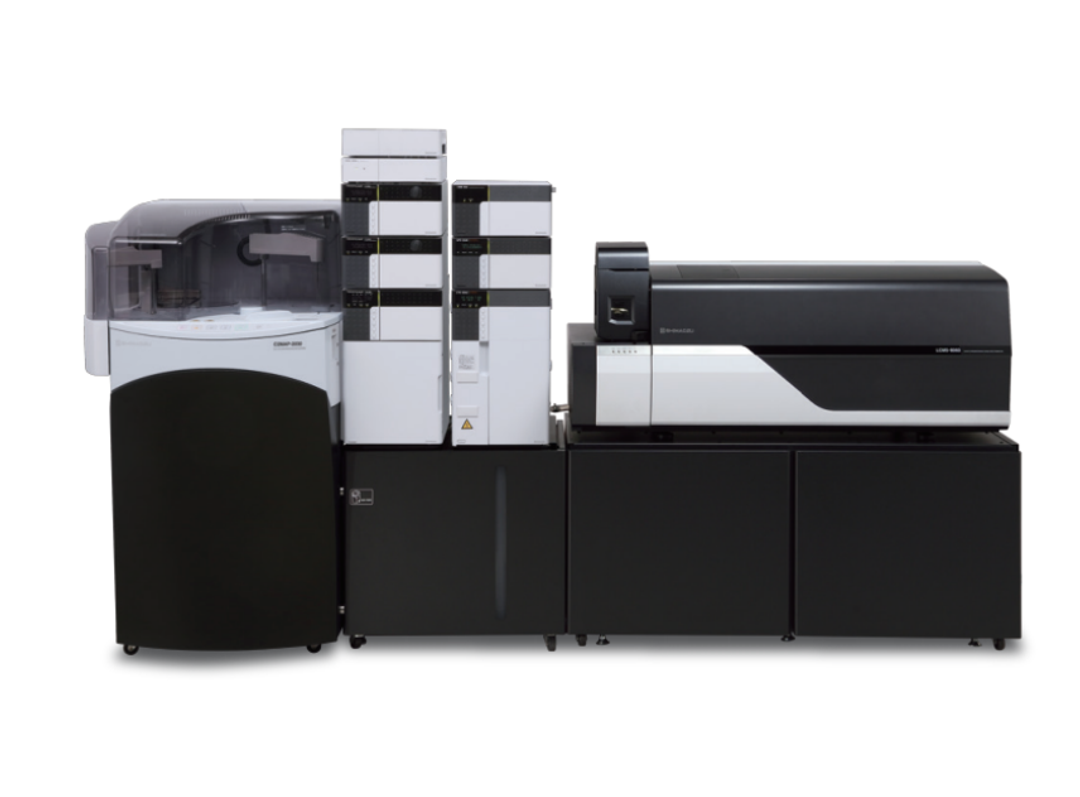
LC/MS/MS cell culture media analysis platform capable of obtaining temporal change profiles for up to 95 culture supernatant components.
Learn more
